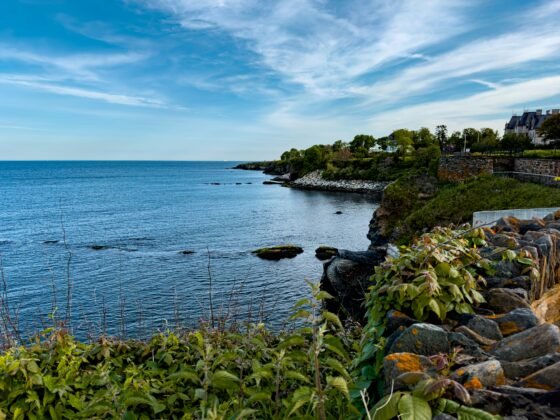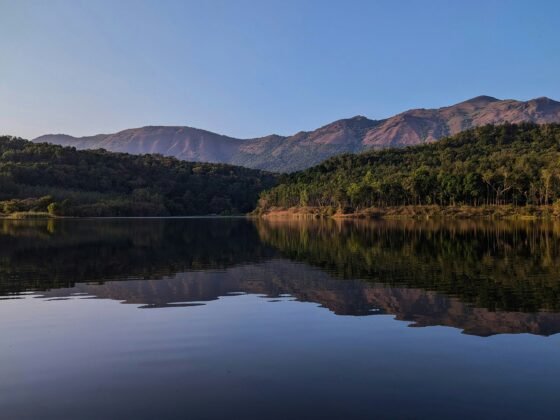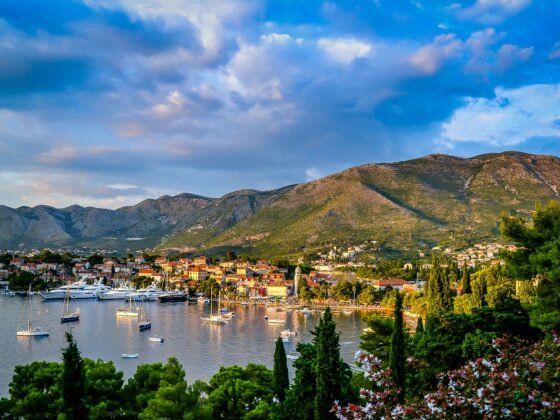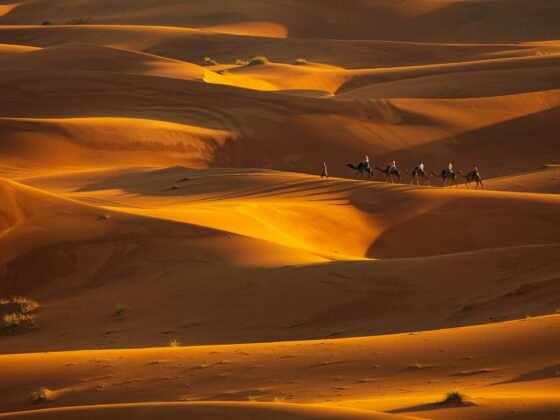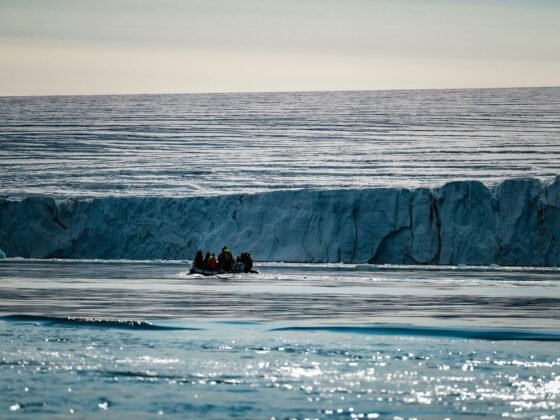Conditions change drastically depending on when you decide to travel to this unique destination. Understanding these key details will allow you to make the most of your adventure.
Are you thinking about travelling to the Atacama Desert in Chile? If you choose the right season, you’ll be able to enjoy its clear skies, impressive landscapes, and unique experiences without the crowds.
This is when the Atacama Desert’s stark lunar valleys, expansive salt flats, and dramatic geysers are truly at their best.
1. Understand the Seasons
Often described as the ‘driest place on Earth’, the Atacama Desert still experiences distinct seasonal variations. Conditions can be surprising, with temperature swings of up to 50°C from one seasonal extreme to another. It’s essential to prepare properly to get the most from your desert experience.
- Dry season (May – September): Expect sunny days and cold nights – temperatures can drop below freezing in winter months (June – August). Ideal for trekking and photography, but warm layers are a must.
- Mid-season (April, October): A wonderful time to visit with pleasant conditions and fewer tourists making this a sweet spot for most activities.
- Green Season (January – March): The short-lived “Altiplanic Winter” brings occasional rain and a green flush to the desert, with salt flats offering striking reflections for photographers willing to embrace some unpredictability.
Layer up: Pack for all weather, even if you’re visiting in the dry season. Sunscreen and water are daytime essentials, while hats, gloves, and warm clothing are necessary for the night.
2. Choose the Best Time for Stars
The Atacama’s skies are among the clearest on Earth, making it a top destination for stargazing. Low humidity and high altitude offer near-perfect conditions at certain times of the year.
- Best months: June to August, when the Milky Way is most visible and cold winter nights are crystal clear.
- New moon: Aim to visit during the new moon phase, as full moonlight reduces night sky visibility.
- Summer skies: While nights are warmer from December to February, summer rains can bring cloud cover and spoil your night sky experience.
Plan well: Book your stargazing tour for your first night. If it’s cloudy, you’ll have time to reschedule another tour.
3. Time Your Trip to Beat the Crowds
With unique landscapes like Valle de la Luna, the Atacama Salt Flats, and the El Tatio geysers, it’s no surprise that tourism in Atacama is booming. Foreign tourist arrivals rose by 64.7% in November 2024 compared to the previous year (Subsecretaría de Turismo, 2024). San Pedro de Atacama, the gateway to the region, is well-connected and offers a wide variety of different lodgings but it is still advisable to plan your trip with the following in mind:
- High season (Dec–Feb): The austral summer sees the highest visitor numbers and prices.
- Shoulder season (April, October): A great alternative for those seeking fewer crowds and good travel conditions.
Book early during peak months, or travel in the shoulder season for more peaceful trails and better value.
4. Prepare for the Altitude
San Pedro de Atacama lies at 2,400 metres above sea level, with excursions like El Tatio Geysers reaching over 4,000 metres. Initial signs of altitude sickness can include headache, nausea, fatigue and dizziness but there are simple steps you can take to prepare yoursef for the change in altitude:
- Acclimatise gradually: Give yourself a day or two to adjust, starting with lower-altitude activities.
- Hydrate and eat light: Drink plenty of water, avoid alcohol, and opt for small, light meals before visiting high-altitude sites.
- Try local remedies: Coca leaf tea or chewing the leaves, as locals do, can help ease symptoms.
If you’ve experienced altitude sickness before, consult your doctor about preventive medication.
Don’t wait – start planning your visit to the Atacama Desert today.
From moon-like valleys to star-studded skies, the Atacama offers unforgettable adventures. With smart planning, you’ll enjoy every moment of this truly unique landscape.
Image: Unsplash, Johnson Wang


